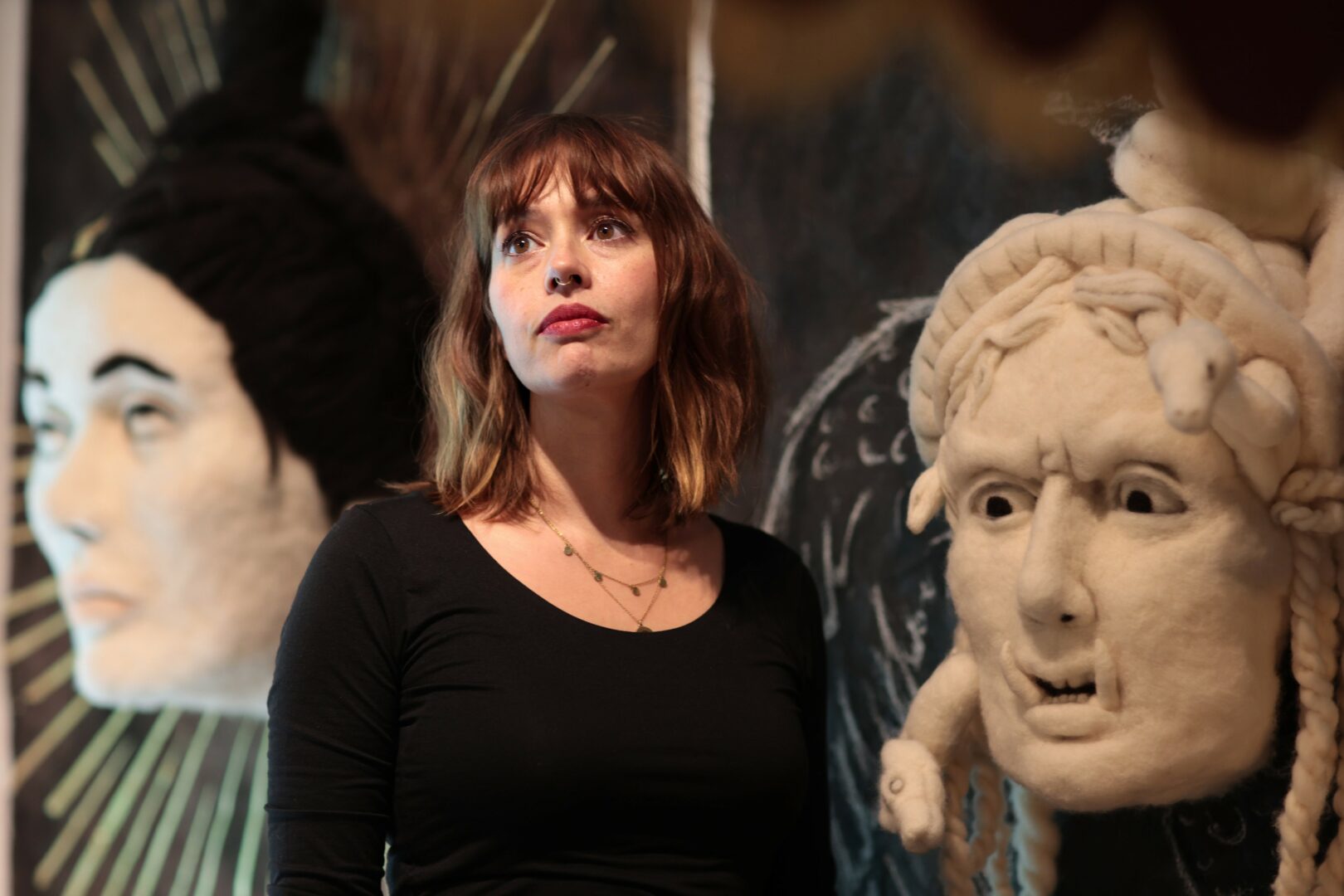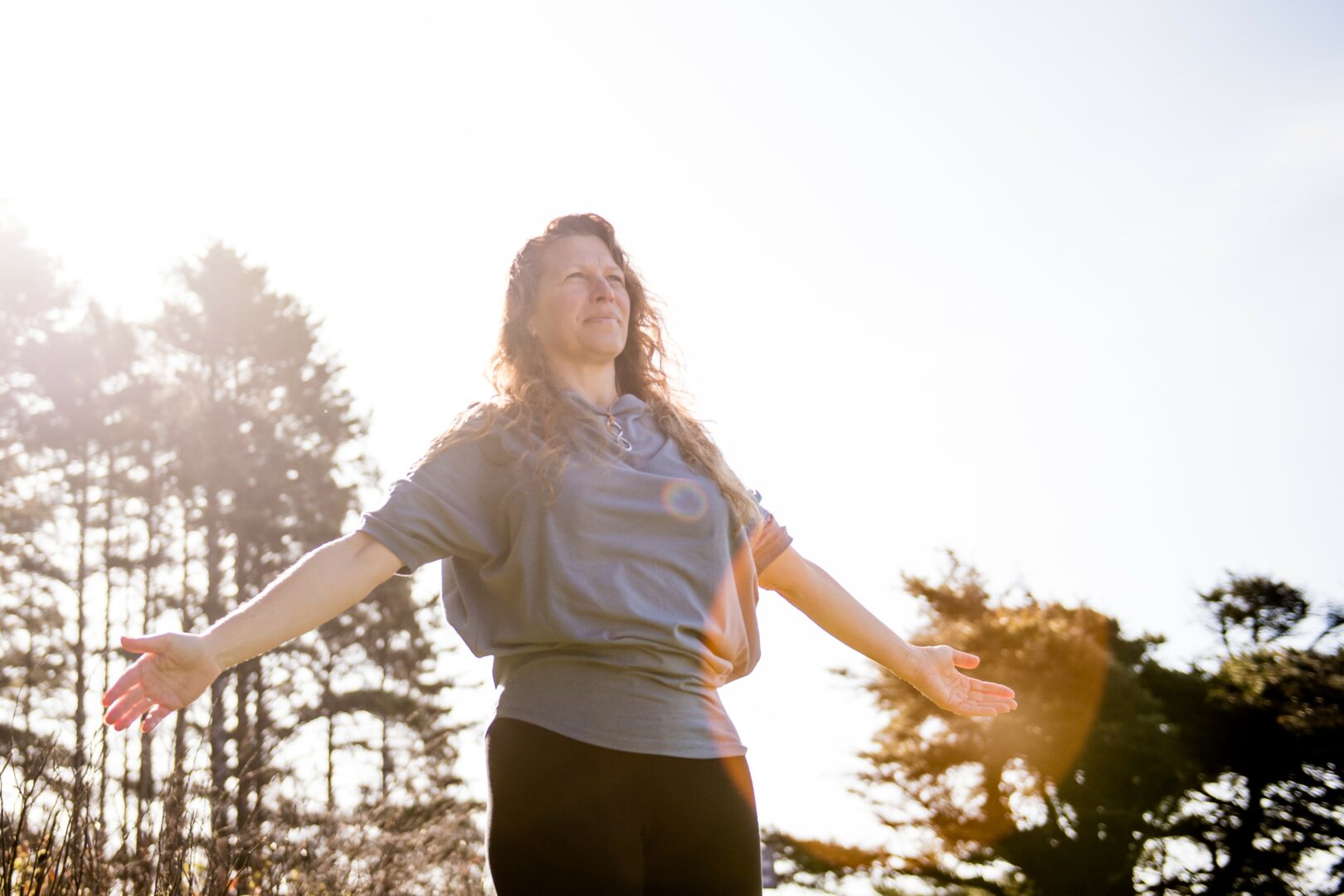Lotte Hauss shared their story and experiences with us recently and you can find our conversation below.
Lotte, really appreciate you sharing your stories and insights with us. The world would have so much more understanding and empathy if we all were a bit more open about our stories and how they have helped shaped our journey and worldview. Let’s jump in with a fun one: When was the last time you felt true joy?
The last time I felt true joy was in the studio, painting. For me, joy is that rare moment when the world dissolves — when time slips away unnoticed, the chatter of the mind finally quiets, and there is nothing but colour, shade, and rhythm. I lose myself in the process, almost as if I become part of the painting itself. It’s not a loud or ecstatic joy, but a deep, absorbing one: being fascinated by the smallest transitions of pigment, by how a pattern suddenly emerges, by how a gesture opens up a whole new world on the canvas. That is when I feel most alive, most connected — when painting becomes less about making an artwork and more about being carried by something greater than myself.
Can you briefly introduce yourself and share what makes you or your brand unique?
I’m Lotte Hauss – an artist, mother, and co-founder of the collective Maison Douce. My practice moves between sculpture, performance, and painting, often weaving together the occult, the political, and the future. What unites these fields is a deep fascination with the invisible – the inner images we carry, the dreams that unsettle us, and the rituals we invent to give them form.
Alongside my collaborative work with Maison Douce, I also create as an AI-artist and art director on commercial projects. This intersection between technological experimentation and artistic research has become an important part of my practice – not as a contrast, but as a dialogue between different ways of creating.
What makes my work unique, I think, is this commitment to translating liminal states – dream fragments, collective myths, hidden symbols – into physical presence. Whether it’s a felted portrait that recalls Renaissance icons, a golden mask reimagining the relics of the future, or a performative ritual that blurs the line between theater and séance: I’m always searching for forms that both disturb and connect, that open a door into what we don’t yet know.
At the moment, I’m working with Maison Douce on touring our project Pezzentelle Memory Service across Europe. It’s a hybrid of exhibition and ritual performance, staged in unconventional spaces like churches, clubs, or caves. We’re interested in how art can activate collective memory and create temporary communities that feel almost liturgical, but without religion – a space where the sacred and the contemporary meet.
Great, so let’s dive into your journey a bit more. What was your earliest memory of feeling powerful?
My earliest memory of feeling powerful goes all the way back to kindergarten. A boy had hit my friend, and I remember this sudden surge of anger rising in me — I stood up and shouted at him with such fierce swearwords that the teachers had to call in my parents. Looking back, it makes me laugh, but it was also the first time I realized that words carry force, that they can shift a situation and defend someone who feels vulnerable. It taught me that expression, even when messy or disruptive, has the power to protect, to connect, and to unsettle hierarchies.
When did you stop hiding your pain and start using it as power?
I think I stopped hiding my pain and began transforming it into power when I allowed transcendence and mystical experiences to enter my work. That was not an easy shift. In art school, there was this constant background noise: the insistence that nobody cares about your private mythology, that you have to be rational, unemotional, and always ready with a clear justification for every gesture you make. Beauty was treated with suspicion, and irony was the only safe shield.
For a long time, I internalized those voices. But gradually I realized that my real strength lay precisely in what they told me to suppress: in my personal symbols, my dreams, in the intensity of emotions that resist easy explanation. Once I gave myself permission to bring those inner worlds into form — to let a felted sculpture carry the tenderness of a wound, or to stage a performance as a ritual of healing — the pain stopped being something private or hidden. It became material. It became language.
Now, I see that vulnerability itself can be a kind of force. By not disguising it, by shaping it into color, texture, or gesture, I connect to something that others recognize in themselves. That’s where power lies for me: not in domination or control, but in the courage to expose what is fragile and let it transform into something collective.
So a lot of these questions go deep, but if you are open to it, we’ve got a few more questions that we’d love to get your take on. What’s a cultural value you protect at all costs?
The cultural value I protect at all costs is artistic freedom. For me, it is the foundation of everything — without it, art becomes decoration, propaganda, or product. For me, protecting artistic freedom means defending a space where art can still disturb, hurt, heal, transcend or provoke, as long as it’s done with intention and artistic preciseness. Because only there, in that uncompromising openness, does art truly matter.
Before we go, we’d love to hear your thoughts on some longer-run, legacy type questions. What is the story you hope people tell about you when you’re gone?
I hope the story people tell is that I created spaces where the invisible could be felt again. That my work reminded others of the power of dreams, of the collective unconscious, of rituals that bind us across time. Not that I was fearless, but that I dared to bring beauty and danger together without irony — and trusted the audience to hold that tension. If I leave behind anything, I want it to be the memory of having re-enchanted a small corner of reality, so that others might continue to do the same.
Contact Info:
- Website: www.lottehauss.de , www.maison-douce.com
- Instagram: lotte.hauss
- Linkedin: https://www.linkedin.com/in/lotte-hauss-840aa3135/
- Youtube: https://www.youtube.com/@MaisonDouce

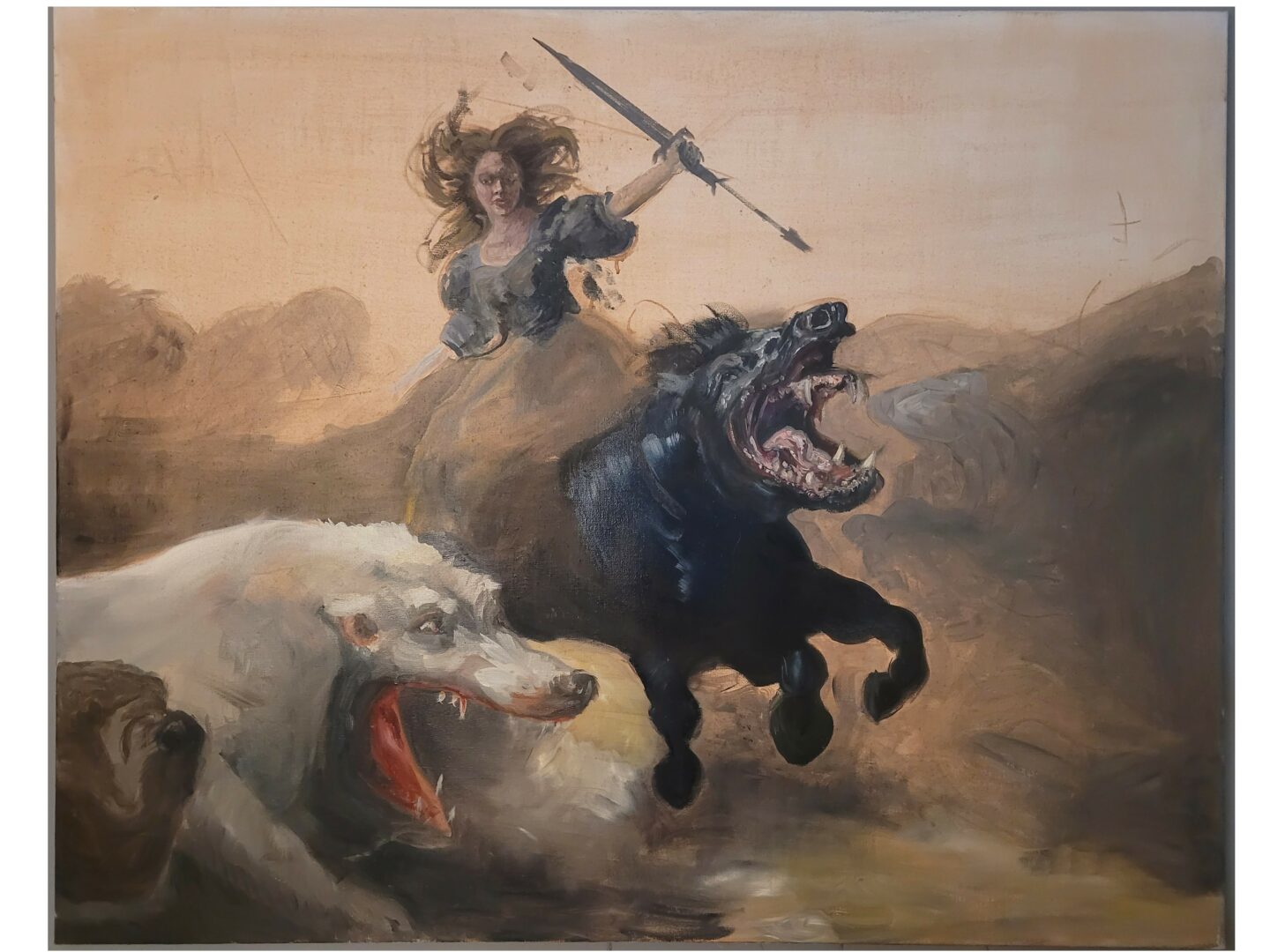
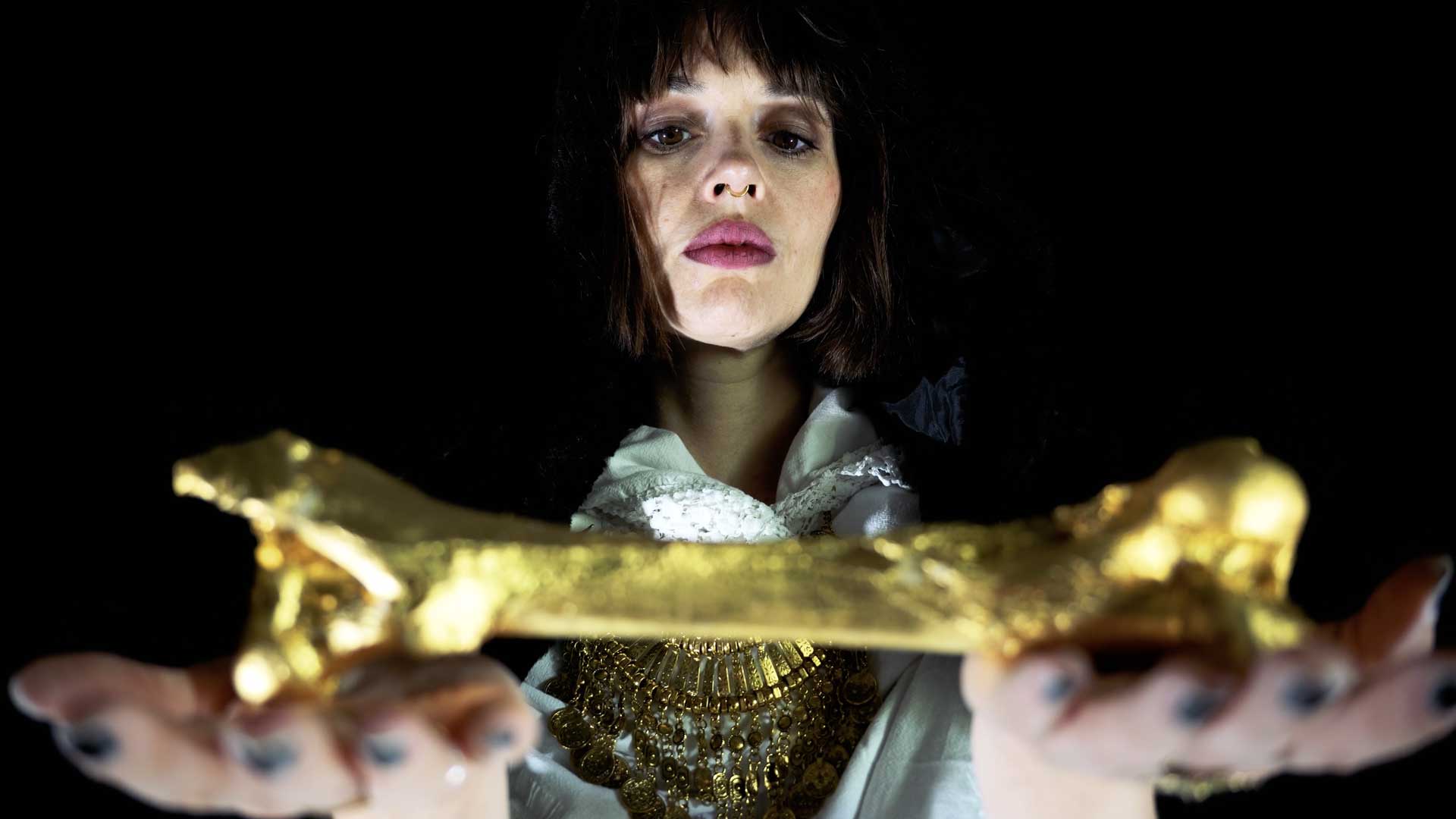
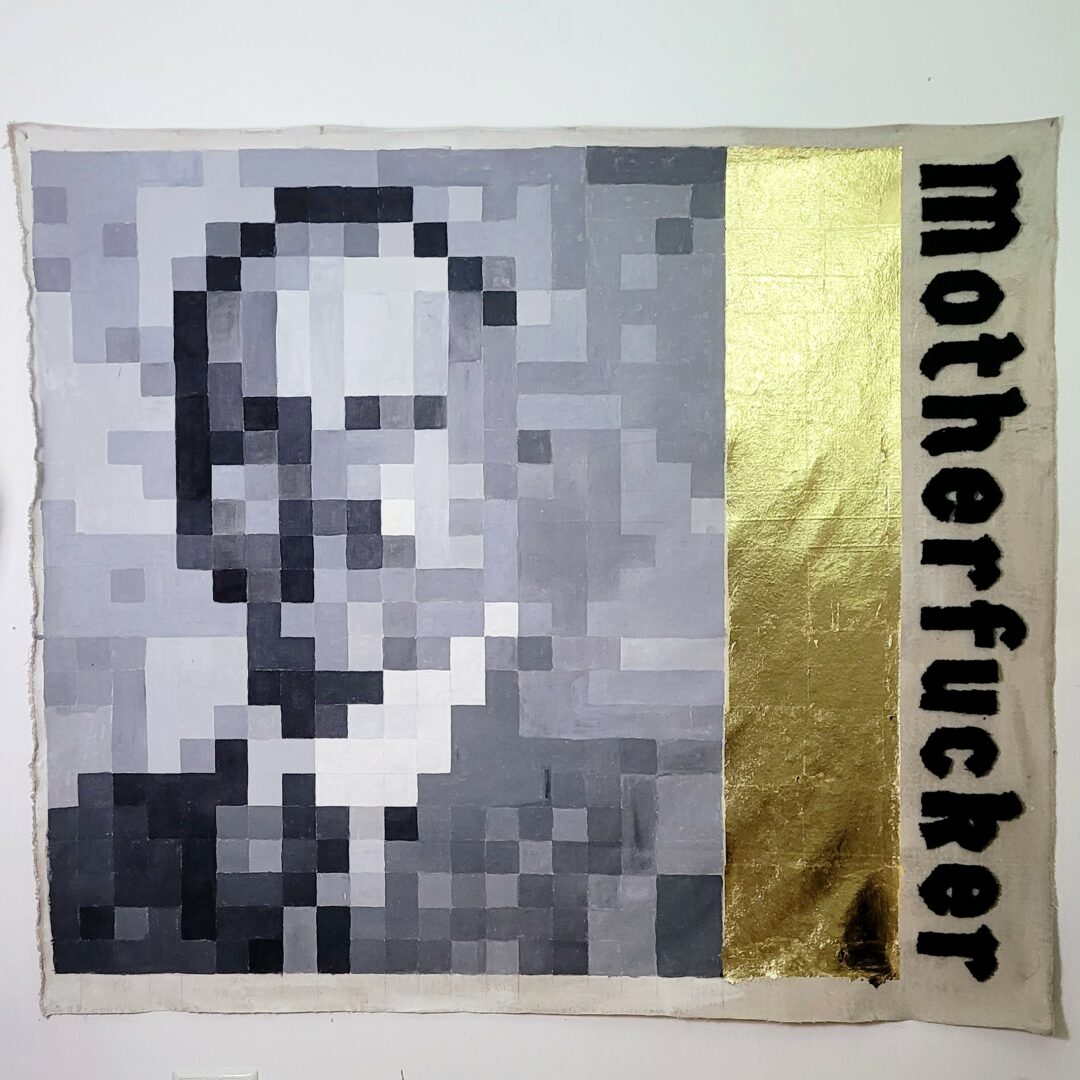
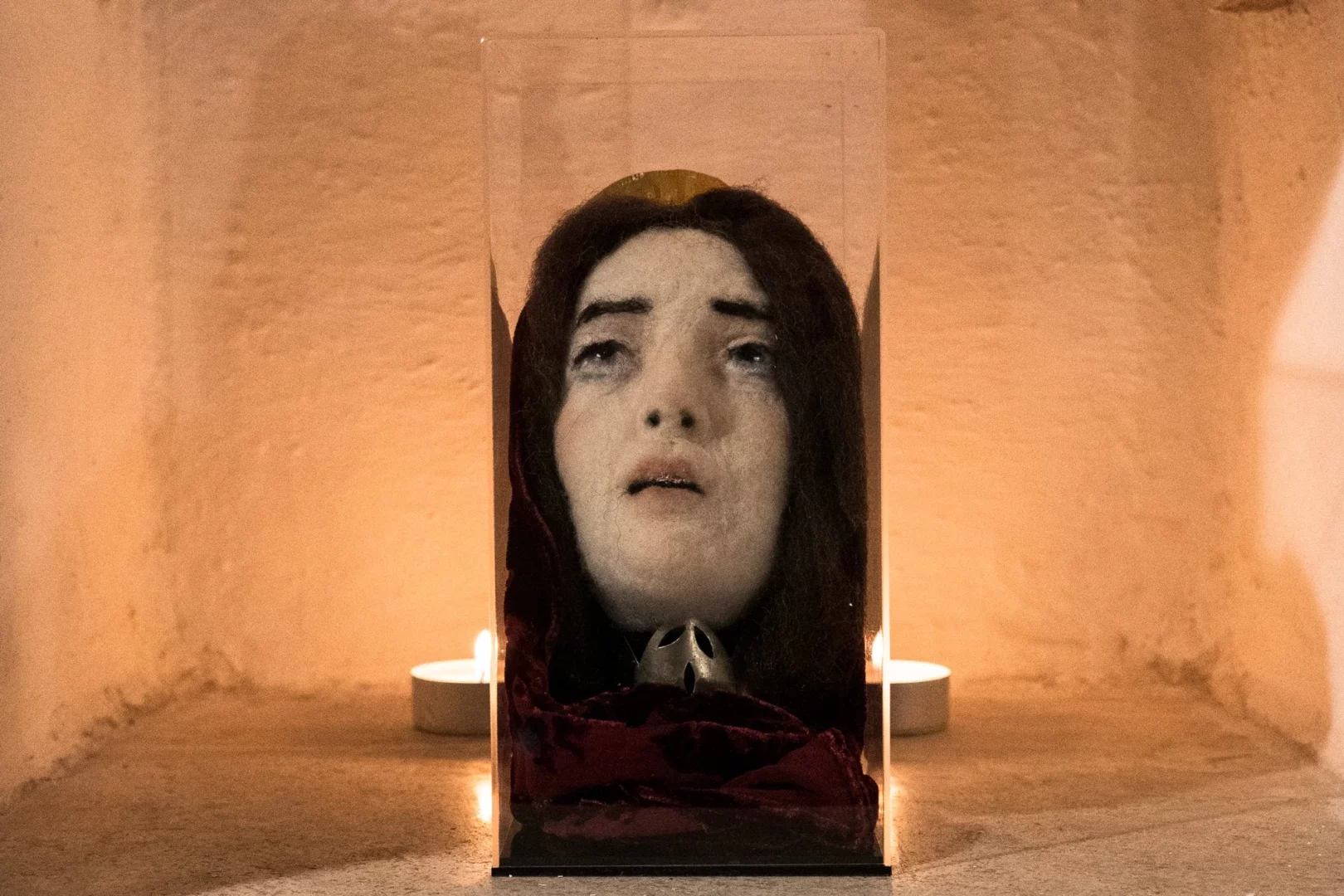
Image Credits
for the photo titled: 25_07_Lotte_Hauss_WAM_spotlight_portrait_AnjaBeutler.de, please credit Anja Beutler.
All other Images are by Maison Douce Artcollective
so if you or someone you know deserves recognition please let us know here.

